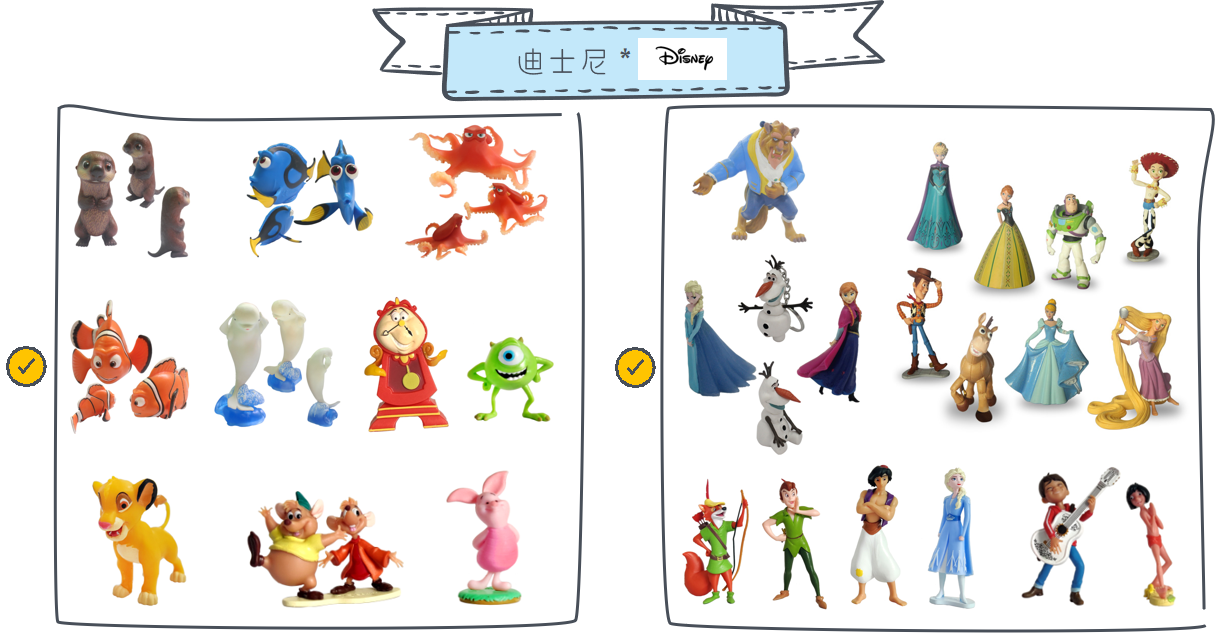What’s the Licensing
To license: To give permission to a third party to use a legally protected intellectual property in conjunction with a product, service or promotion. Intellectual property (IP): Commonly known as the ‘property’ or IP and typically, for licensing purposes, a television, film or book character, television show or film franchise and brand. It can also refer to anything and everything including celebrities, sport clubs, players, stadiums, museum and heritage collections, logos, art and design collections, and lifestyle and fashion brands. Licensor: The owner of the intellectual property. Licensing agent: A company appointed by the licensor to manage the licensing programme of a particular IP. Licensee: The party – whether manufacturer, retailer, service provider or promotional agency – that is granted the rights to use the IP. License agreement: The legal document signed by licensor and licensee that provides for the manufacture, sale and use of licensed product against agreed commercial terms, broadly known as the schedule. Licensed product: The product or service that carries the licensor’s IP. License Period: The term of the license agreement. License territory: The countries that the licensed product is allowed to be sold or used in during the course of the license agreement. Royalties: The monies paid to the licensor (or collected by the licensing agent on behalf of the licensor), usually paid on gross sales with certain limited deductions. Advance: A financial commitment in the form of royalties paid in advance, typically on signature of the license agreement by the licensee. Minimum guarantee: The total royalty income that is guaranteed by the licensee over the course of the license agreement. Royalty accounting: Defines how the licensee accounts for royalty payments to the licensor – typically quarterly and retrospectively at the end of March, June, September and December
The business of licensing
Now to the business of licensing. Once you’ve identified prospect partners to work with, it’s important to sit down at the earliest opportunity to discuss the vision for the products, how and where they will be sold and outline a sales forecast. Once the broad terms are agreed, you’ll sign a deal memo or heads of terms agreement that summarise the top commercial points. At this point, the person you’re negotiating with will probably need approval from their management.
Once you have approval, you’ll be sent a long-form contract (though you might wait a few weeks or months for the legal department to catch up!) Be careful not to spend too much time or money until you’re confident the deal has been approved in writing. When you receive the license agreement, you will note that this is broadly broken down into two parts: the general legal terms and the commercial points specific to your deal. We’ll deal with the commercial points in the next section but the legal aspect may need input from your legal team. However, in my experience, many companies take a common sense view, especially if dealing with a big corporation. There are three principal types of license agreement:
1.Standard license – the most common type The licensee is free to sell the products to any customers within the agreed parameters of the deal, and will want to maximise the numbers of customers who list the merchandise. This works well for most businesses with a broad client base. If you’re a manufacturer and only sell to four retailers, you may well just agree that your agreement limits you to selling to these four. Basic rule of thumb: the more product categories you have, the broader your customer base, and even the more countries you sell to, the greater your likely sales and royalties.
Direct to retail (DTR) – an emerging trend Here the licensor has an agreement directly with the retailer, which will then source products directly from its supply chain and pay the licensor any royalties due. Retailers benefit from using their existing supply chain, helping to optimise margins, while licensor’s have some security in knowing the products will be available on the high street..
3.Triangle sourcing – newer agreement that shares risk Here the retailer and supplier effectively agree an exclusive arrangement. The supplier may take on the legal responsibility (the contract is probably in its name), but the retailer will be equally bound to buy their merchandise. This minimises risk for the supplier (licensee) and allows them to give the retailer a little bit more margin. A variant is where the licensee works with different retailers and their nominated suppliers. Ultimately these license agreements are all about putting products onto shelves and all sides being clear about what they can and can’t do. To this end, let us consider and expand on some of the key commercial contract terms:
Exclusive v non-exclusive v sole license agreements Unless you’re paying a very high guarantee most agreements are non-exclusive – i.e., in theory a licensor could grant the same or similar rights to many companies. In practice they won’t, but it is often a point of frustration in the legal negotiation, although it tends to work well in reality. Exclusive agreements are rare because only the licensee is able to produce the products agreed on your license. Sole agreements require both licensee and licensor to produce these products but no-one else is permitted – for some companies this is as good as exclusive and a satisfactory compromise.
WeiJun Toys
Weijun Toys is licensed factory for Disney, Harry Potter, Peppa Pig, Commansi,Super Mario…which is specialized in manufacturing plastic toys figures(flocked)&gifts with competitive price and high quality. We have a large design team and release new designs every month. ODM&OEM are warmly welcomed.

Post time: Dec-27-2022








